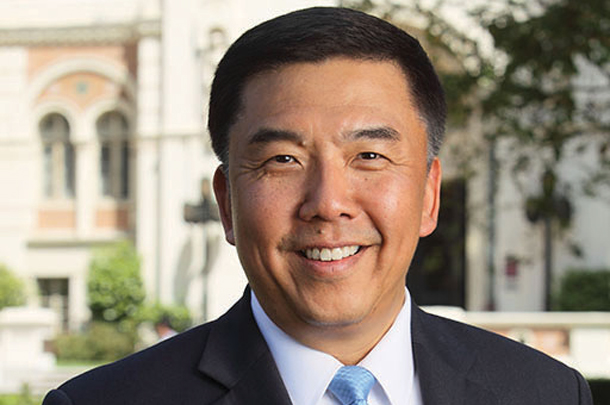Tissue regeneration is getting a boost from a $2 million grant divided among 10 research centers and universities, including the Herman Ostrow School of Dentistry of USC.
The National Institute for Dental and Craniofacial Research has directed the research community to devise interdisciplinary groups to help bring to market safe and effective clinical strategies for dental, oral and craniofacial tissue regeneration.
“This is really about engineering a product,” said Yang Chai, DDS, PhD, associate dean of research at the Herman Ostrow School of Dentistry of USC. “It’s not only about being able to understand what stem cells can do, but also how you deliver the stem cells for patient care.”
Chai will serve as the principal investigator of USC’s interdisciplinary consortium — called the Center for Dental, Oral and Craniofacial Tissue and Organ Regeneration (C-DOCTOR) — which has enlisted nearly 30 individuals from USC Viterbi School of Engineering, Keck School of Medicine of USC, Children’s Hospital Los Angeles and USC School of Pharmacy.
The first task will be to identify areas in which tissue regeneration could improve patient outcomes and have immediate impact. For this endeavor, Chai has enlisted representatives from endodontics, oral surgery, periodontics and prosthodontics to make product suggestions based on their own clinical practices.
An example is developing an effective strategy to use a 3-D printed, dissolvable scaffold to help organize stem cells for repair of damaged jaw bone.
“Bone deficiency is a very common problem that patients face when they need an implant or when they have periodontal disease, traumatic injury or birth defect,” Chai said. “Instead of stealing bone from other parts of the body, we’re going to be able to use stem cells to regenerate their own bone.”
In addition to the clinical team, the interdisciplinary group will feature a pre-clinical team whose role is to develop experimental protocols and sound statistical methods to test potential therapies as well as a regulatory team that will interface with the Food and Drug Administration and provide guidance regarding intellectual property protection.
The grant money will be awarded in phases, with Phase One awards lasting a year and supporting the development of an overall vision, road map, organizational structure and operational procedure.
Each of the 10 grantees will then have to compete for a Phase Two award, which will provide additional funding for three to four years.
— John Hobbs


